Backup & Disaster Recovery: The 7 Key Trends Shaping 2025
From AI‑driven ransomware defence to planet‑friendly storage, seven trends are redrawing the backup & DR playbook in 2025. Understand them now or risk playing catch‑up later.
Why 2025 is a Tipping Point?
Backup and disaster recovery used to be back‑office chores. In 2025 they sit centre‑stage for three reasons:
Ransomware frequency keeps doubling every 18 months, turning recovery speed into a shareholder metric.
Hybrid work demands instant availability from anywhere, forcing backups to follow data on‑prem, edge and SaaS.
Regulators in the EU, US and APAC are tightening uptime and data‑retention rules, with fines that dwarf hardware budgets.
Neglecting DR is no longer a cost‑saving strategy; it’s an existential risk.
Trend #1
Autonomous Ransomware Detection
Machine‑learning engines now inspect backup streams in real time, flagging suspect encryption patterns before payloads detonate. Early alerts cut infection dwell time and reduce the size of restores.
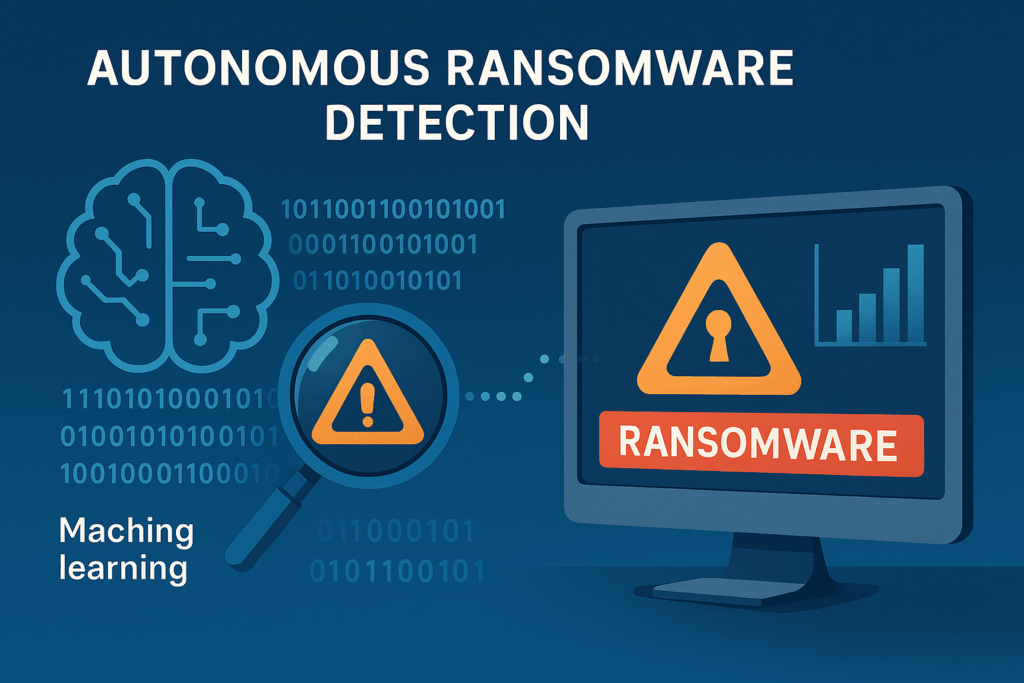
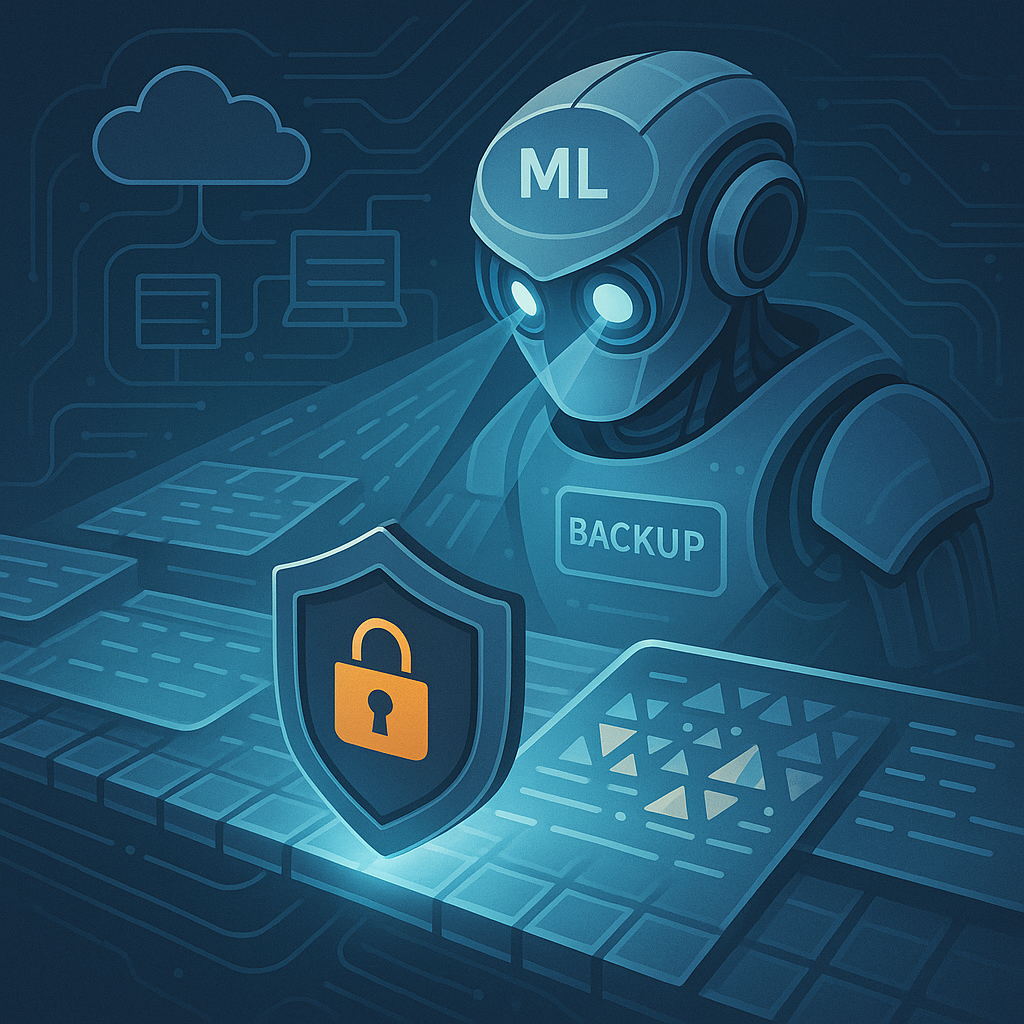
Trend #2
Immutable‑by‑Default Backups
Write‑once object storage and cryptographic locking have gone mainstream. Immutability stops attackers (or rogue admins) from deleting or altering recovery points.
2025 impact: Expect insurers and auditors to treat immutability as table stakes for cyber‑coverage.
Trend #3
Air‑Gapped Cloud Vaulting
Logical air gaps separate credentials, networks and MFA policies replace tape for off‑site isolation. Modern vaults keep a hot copy ready for rapid restore while remaining invisible to production credentials.
Result: Sub‑hour RTOs without the tape‑hand‑off headache.
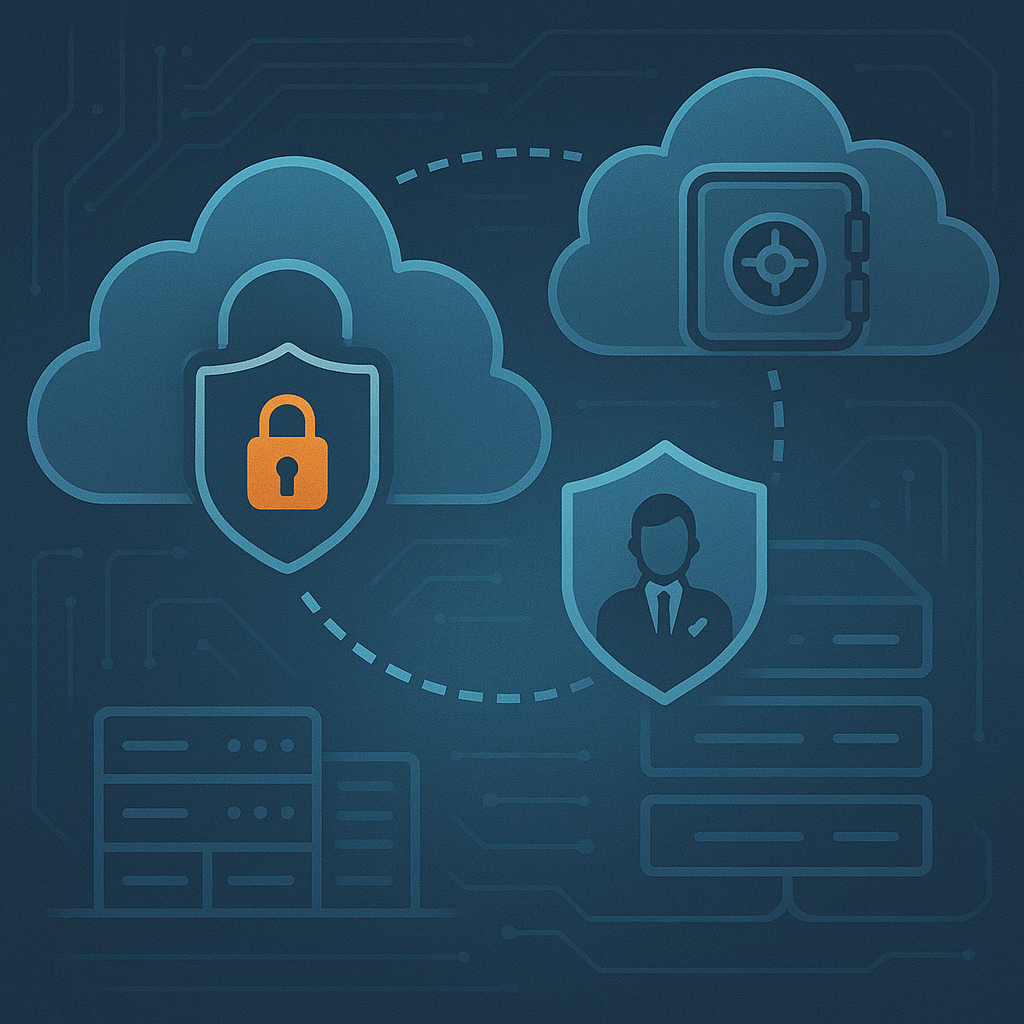
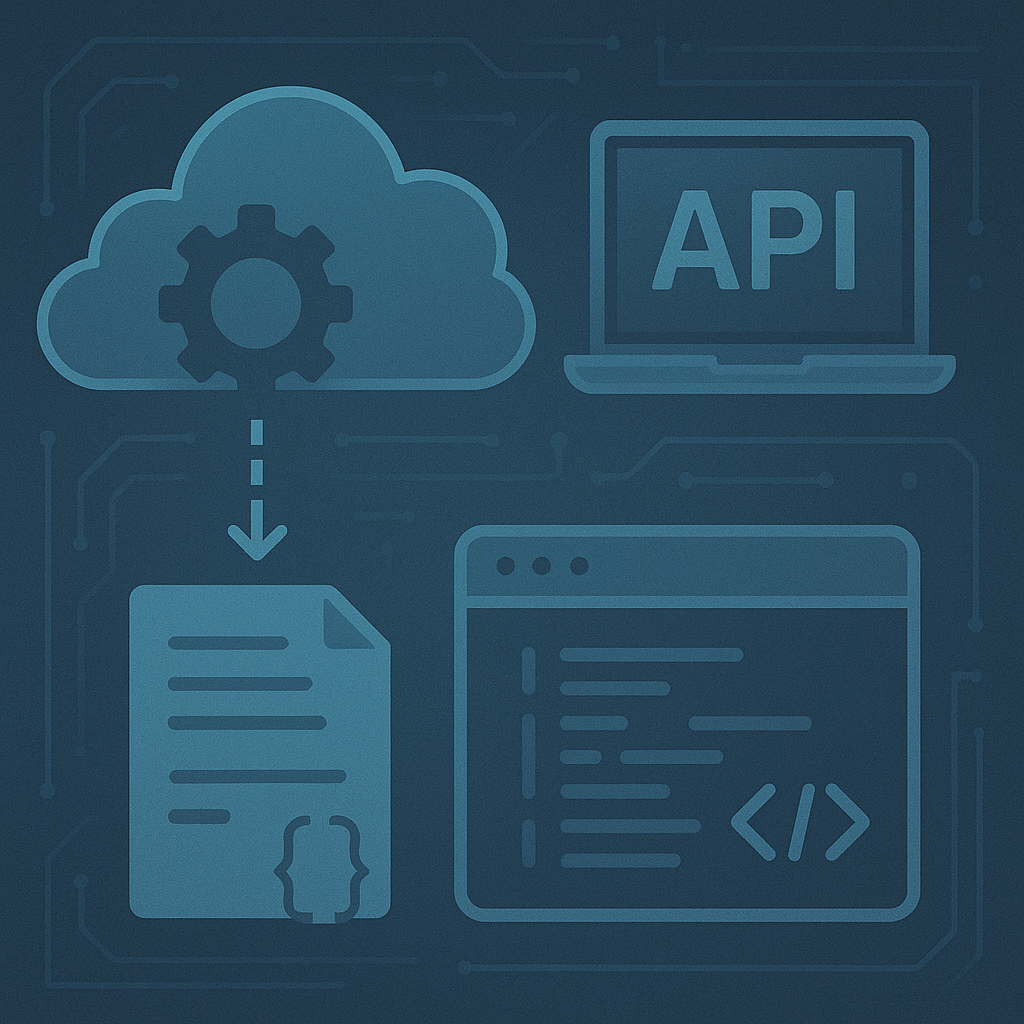
Trend #4
Backup‑as‑Code & API‑First DR
Infrastructure‑as‑Code principles now cover backup policies, replication schedules and failover tests. Git‑versioned DR configs mean rollbacks are as easy as reverting a commit.
Trend #5
SaaS Data Protection Goes Pro
Salesforce, Microsoft 365, Google Workspace business‑critical yet often unprotected. 2025 brings granular point‑in‑time restore, metadata recovery and cross‑tenant migration baked into DR suites.
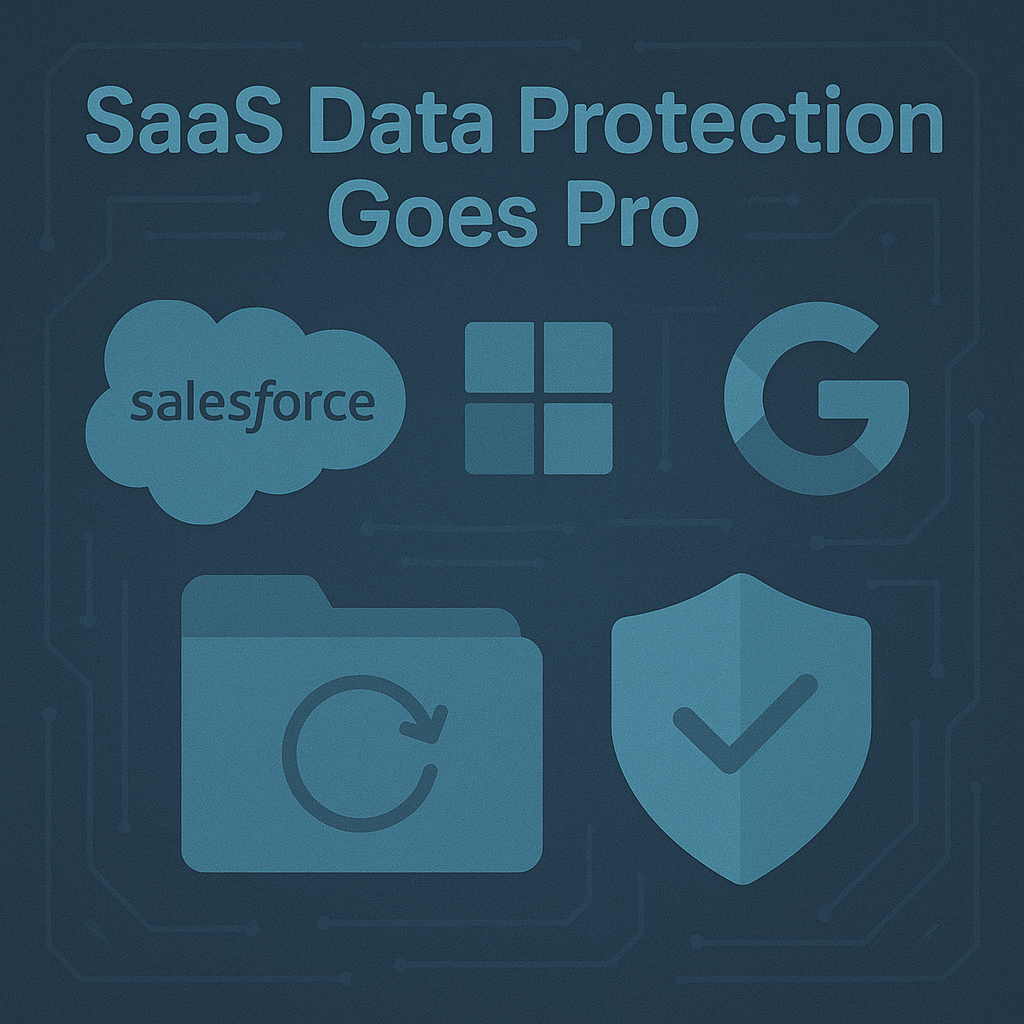
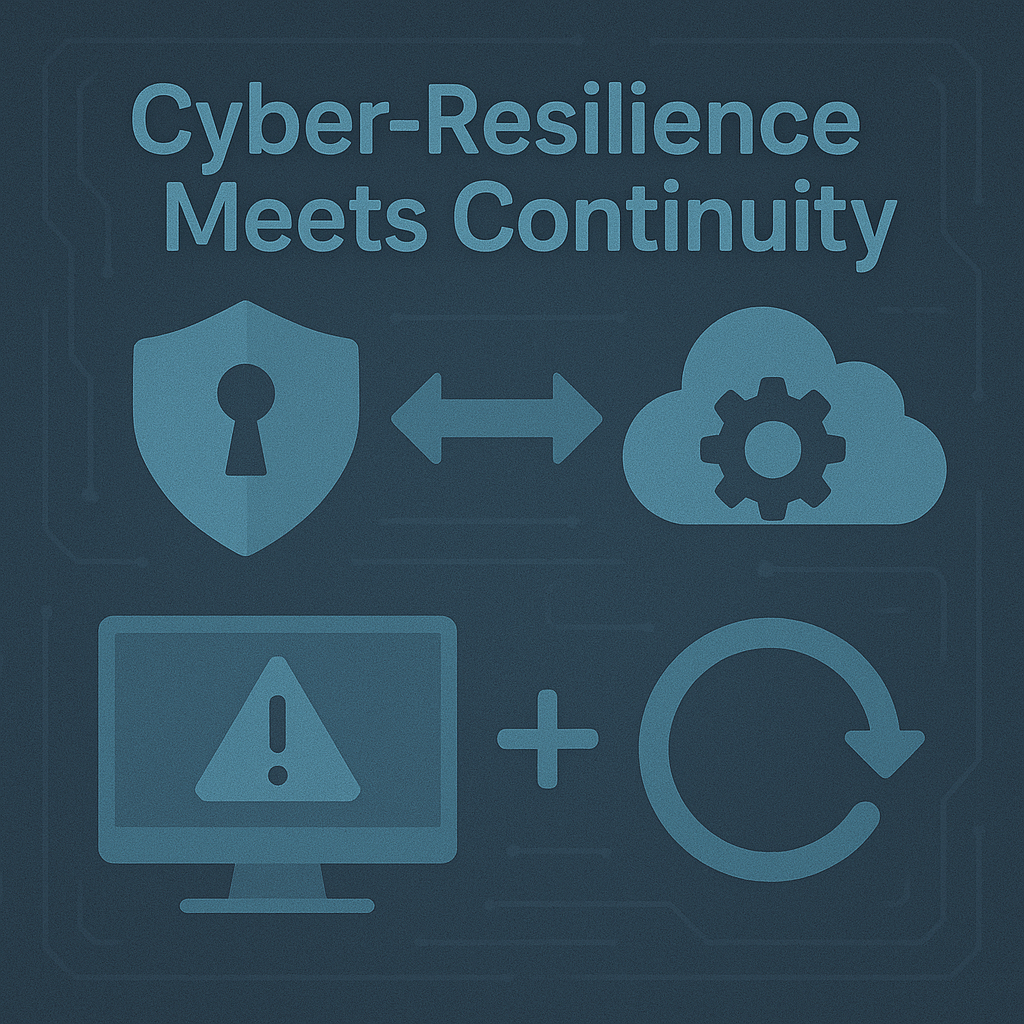
Trend #6
Cyber‑Resilience Meets Continuity
Security and continuity teams are converging. Backup platforms ingest threat‑intel feeds, and DR runbooks include isolation steps for zero‑trust networks. The line between “prevent” and “recover” blurs.
Trend #7
Sustainable Storage & Green DR
Energy‑efficient ARM‑based storage nodes, dedupe‑aware replication and carbon‑aware workload scheduling reduce the CO₂ cost per terabyte.
Key stat: Gartner predicts a 30 % drop in DR energy footprints by 2027 for firms adopting green policies.
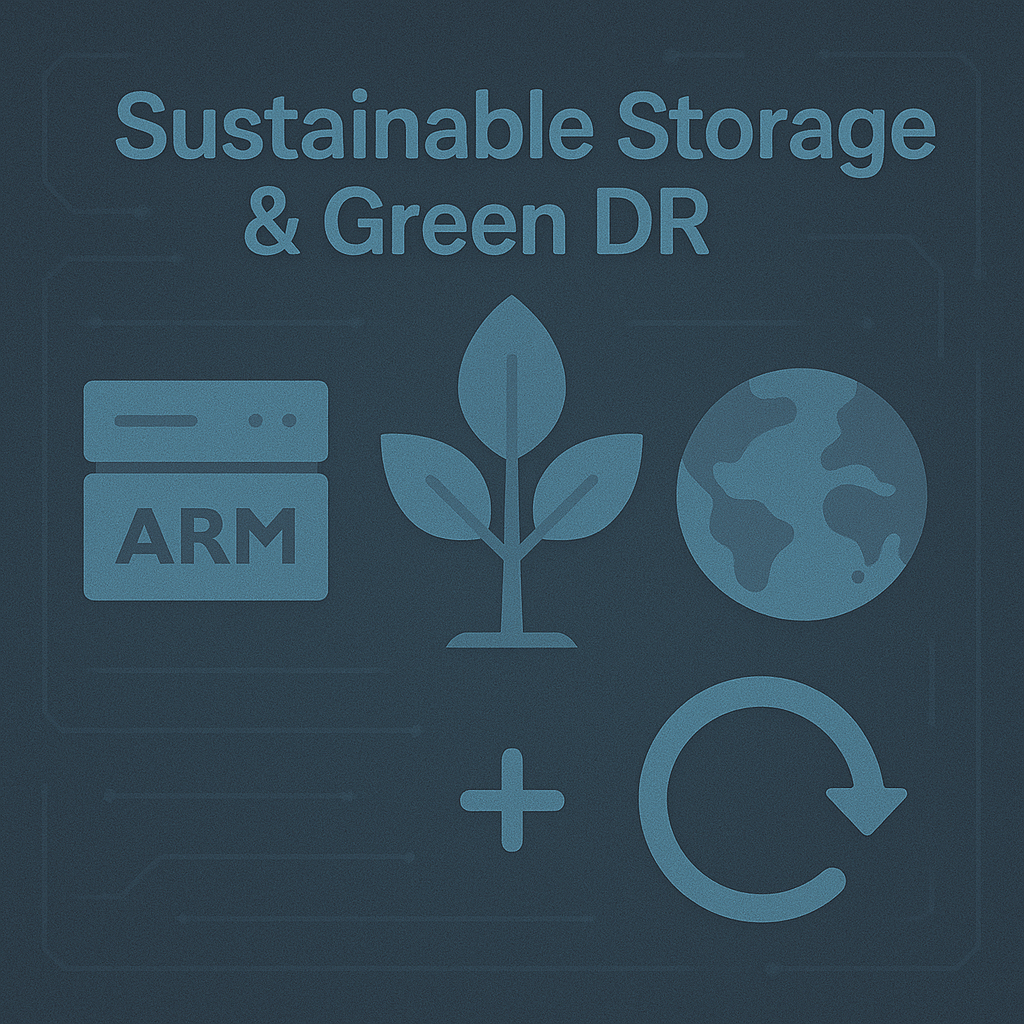
Preparing for What’s Next
-
Audit current coverage—map workloads against the seven trends to spot gaps.
-
Prioritise immutability and air‑gapped copies before the next insurance renewal.
-
Embed DR into CI/CD pipelines using Backup‑as‑Code hooks.
-
Add SaaS workloads to your protection roster—email is still business lifeblood.
-
Set sustainability KPIs for storage and data movement.
-
Pilot autonomous ransomware detection on your most critical data sets.
-
Run a cross‑team tabletop exercise blending security incidents with recovery runbooks.
Ready to be Safe?
Try Sefthy for Free!
The backup & DR landscape of 2025 rewards adaptability. Firms that align with these seven trends will slash recovery times, satisfy regulators and cut operational risk—often at lower cost than yesterday’s legacy stack.
Ready to future‑proof your data protection?
Spin up a 7‑day free trial and test fire‑drill restores in minutes.

